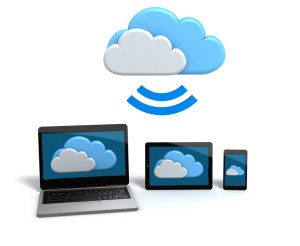Gartner Notes Importance of Legacy Software During Initial Cloud Migration Stages
Before any small, mid-size, or large company, considers migrating its core software, files, and documents to the cloud, a strategy must be agreed upon by all stakeholders in the organization. Part of this process includes tracking the workflow as decisions are made about the order of migration.
As such, it is not uncommon for companies to approach this event in two segments: one represents the critical files and programs (financials and proprietary data) designated for on-premise, the other segment comprises non-critical processes that rely on SaaS, for example, sales and marketing departments. This hybrid approach, according to Gartner, is not an uncommon way to embrace the benefits of the cloud.
When it comes to application migration, Gartner offers its view on how the process should play out.
Consider “Re-hosting”
By utilizing IaaS, or infrastructure as a service, a hosting company can provide intermediary assistance for tasks related to system maintenance, backup and even dynamic scaling.
Support Legacy Programs – for a short time
Let’s face it; Companies rely on old programs like Excel for their financials, and even Outlook for their contact management efforts. Gartner sees value in these applications and recommends, when appropriate to modify or extend the existing code base.
As research director, Richard Watson, at Gartner notes:
“Cloud application migration isn’t an easy decision. It bears a direct effect on various other components in the organization. Any cloud migration decision is a result of the need for an application or infrastructure modernization. Application portfolio management and infrastructure portfolio management programs should be considered while opting for cloud application migration. Optimization is the key factor of any cloud migration decision.”
Learn more about how to develop your company’s cloud migration strategy. Contact us today.
